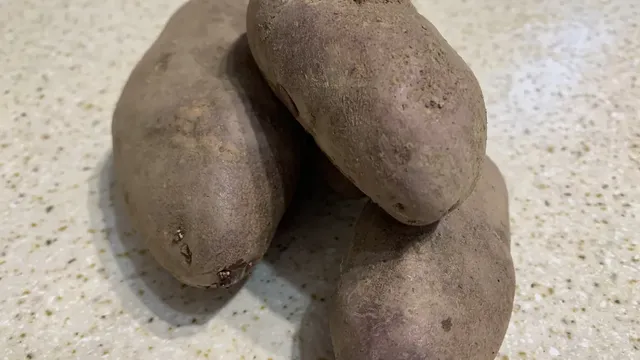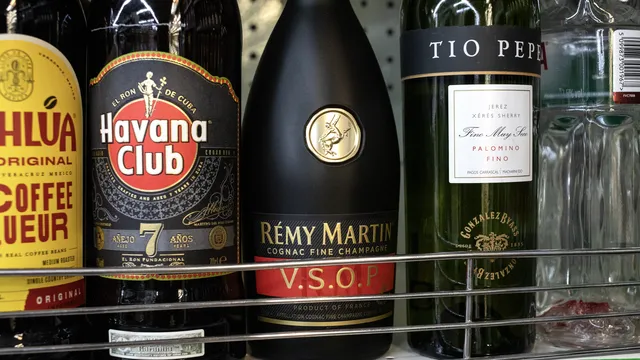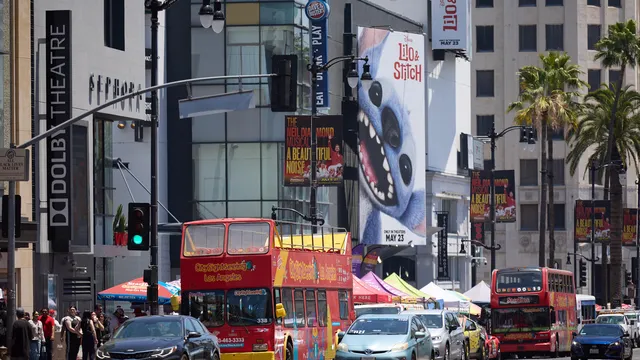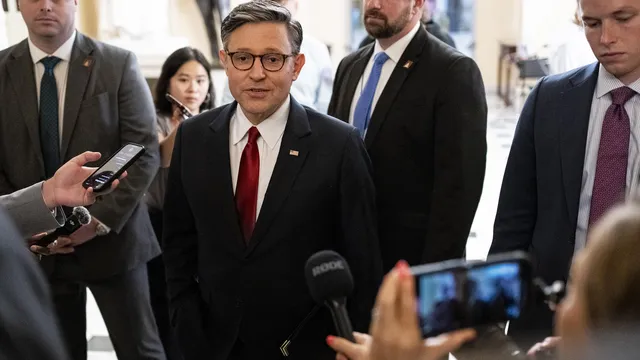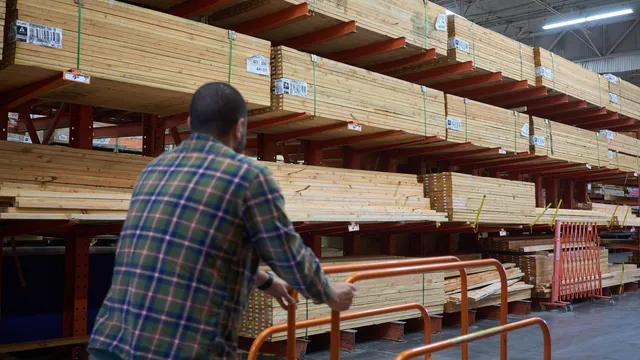In Russia, potatoes, once a staple of the national cuisine, have become a luxury item.
Despite the official declaration of the end of the “potato crisis,” the vegetable remains inaccessible to a large part of the population. The reasons for this price spike, which has led to a tripling of the price per kilogram in a year, are far from being resolved and the situation is not expected to improve in the near future, according to an analysis by the independent Russian media site The Insider.
In June 2025, the average price per kilogram of potatoes in Russia reached 92 rubles (99 euro cents), compared to 56 rubles a year earlier (60 euro cents). In Moscow, it reached 112 rubles (1.21 euros), which is almost three times the price last year. In some regions, such as Chukotka, the price reached a record 191 rubles per kilogram (2.06 euros). Even in discount supermarkets, prices sometimes exceed 130 rubles (1.40 euros). This inflation affects the entire country, without exception.
There are several reasons for this price spike. Russia harvested 17.8 million tons of potatoes in 2024, a 12% drop compared to 2023. The reason is the reduction in cultivated areas, which is a direct consequence of the profitability crisis suffered by producers after a record harvest in 2023, which led to a collapse in prices. Farmers, discouraged by uncertain margins and a lot of manual labor, have reduced plantings. Added to this are the vagaries of the climate: rain, frost, floods and heat have devastated crops, especially in the Urals and Siberia.
The war in Ukraine is clearly having its impact: some lands near the border are already unusable, especially in the Bryansk region, which is traditionally a major producer.
Even when harvested, potatoes are wasted: 15% of the crop is destroyed during storage due to a lack of proper infrastructure. Pests infect 10 to 30% of fields, rendering the land unfit for cultivation for several years.
Russia is still heavily dependent on imported seeds, while Western sanctions and the collapse of the ruble have led to a surge in the prices of fertilizers, fuel and wages. Imports, especially from Egypt and China, have increased not only in volume but also in price, without compensating for local shortages. Distributors’ and middlemen’s margins, which can exceed 100%, increase the bill for consumers.
Despite the crisis, the state has reduced its support for the sector. Subsidies have been reduced and are difficult for small producers to obtain, while growing potatoes requires investments that are much higher than those for wheat. The result: Russians, faced with soaring prices, are increasingly turning to cheaper carbohydrate foods such as bread, pasta or cereals.
Experts predict a temporary drop in prices in the fall with the arrival of the new harvest, but the main trend remains upward. Attempts at regulation risk flooding supermarkets with poor-quality potatoes, while high-end products will end up on parallel markets at prohibitive prices.
The potato crisis exposes the structural shortcomings of Russian agriculture under sanctions, between external dependence, aging infrastructure and labor outflow. I BGNES

 Breaking news
Breaking news
 Europe
Europe
 Bulgaria
Bulgaria
